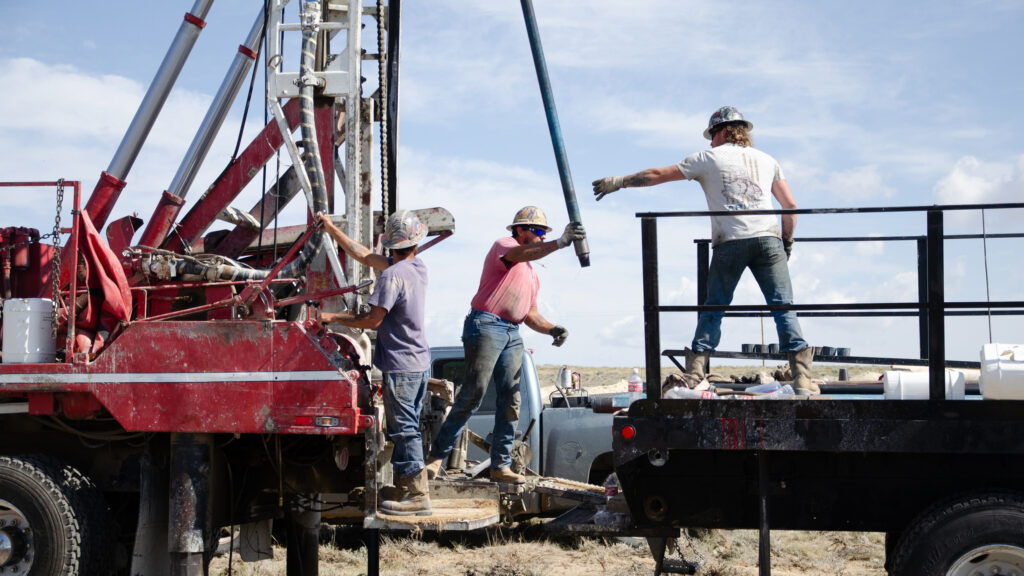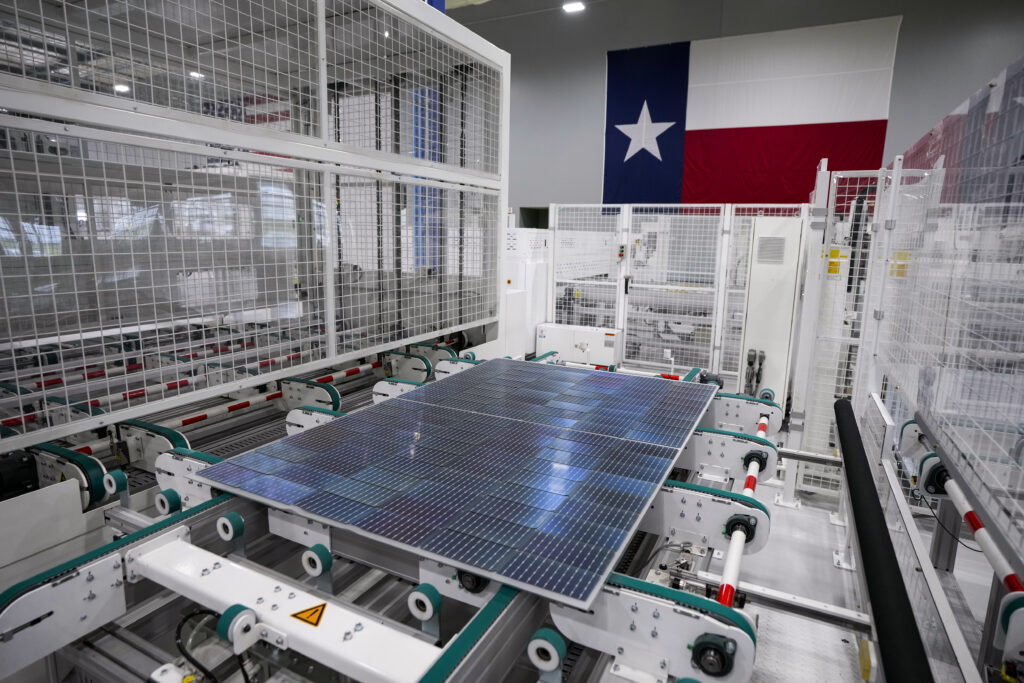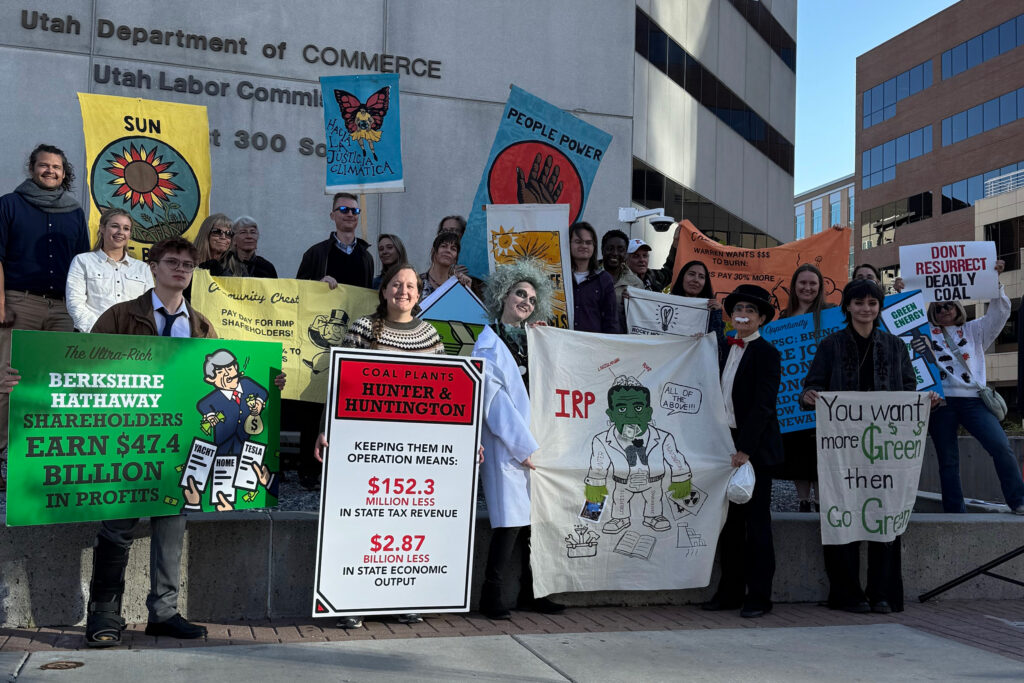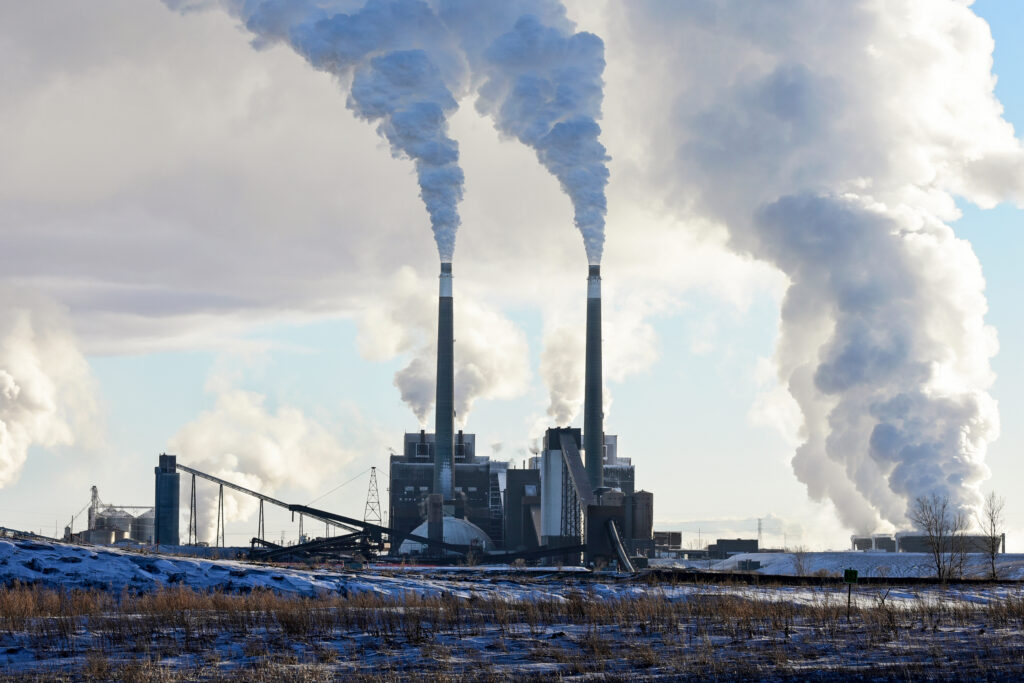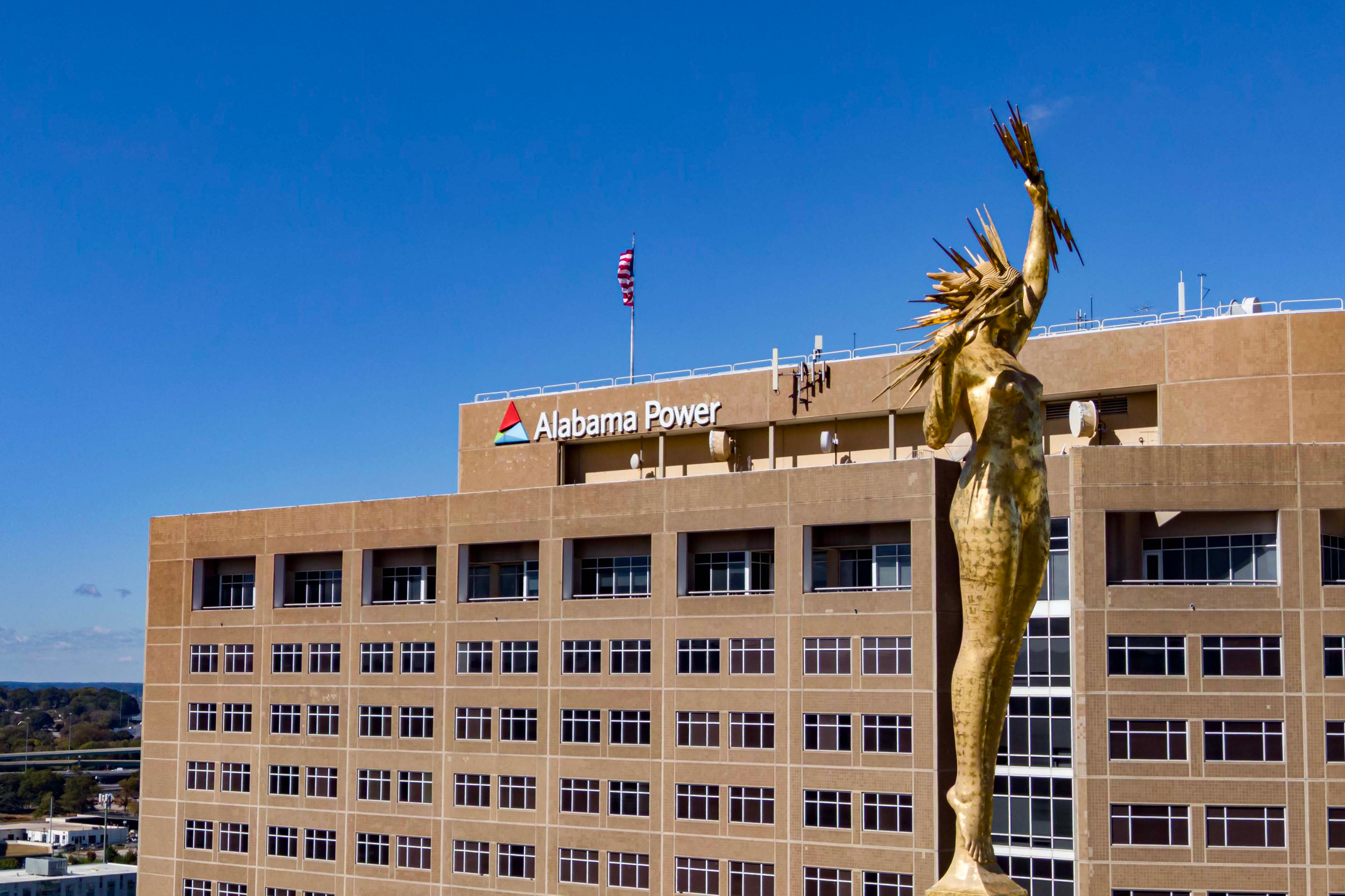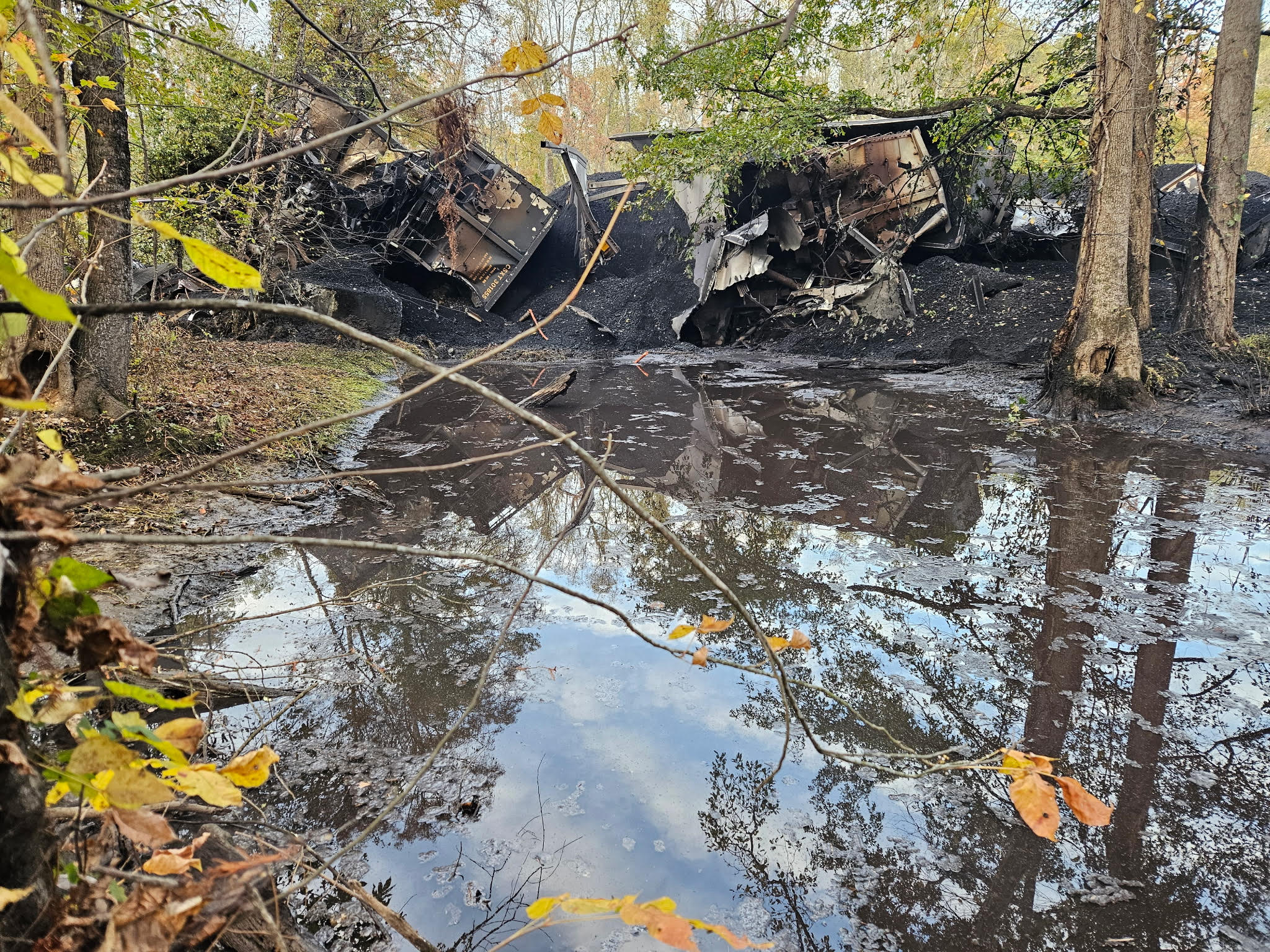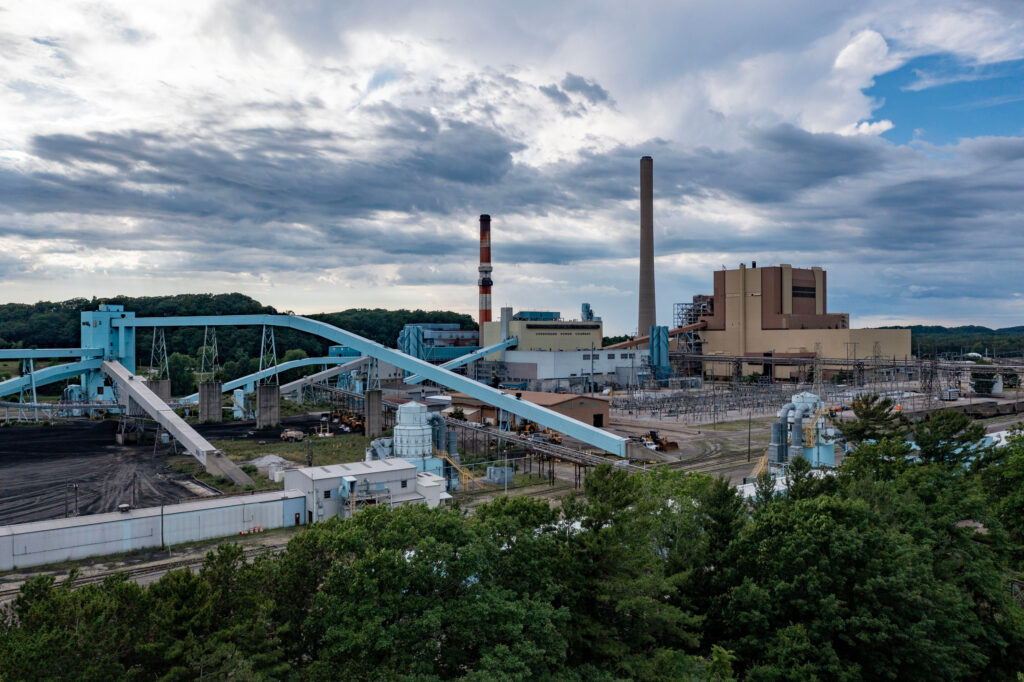At a conference this month, a reporter gave a compelling presentation that touched on how many “clean energy” sources depend on supply chains or processes that are far from clean. A lot of the problem is in the mining of metals used in solar panels and lithium-ion batteries, which can devastate the places where they are extracted.
Even though it was first thing in the morning, and I was only a few sips into my first cup of coffee, the presenter, Jael Holzman of Axios, had my attention. After all, I write a newsletter called Inside Clean Energy.
I have heard many versions of the argument that clean energy is dirty because of the need to mine lithium, cobalt and other metals. But it hit me differently coming from a fellow reporter whose work I admire. It made me ask what “clean energy” means and whether it’s a term I should continue to use. (Holzman has written or co-written many stories that touch on environmental concerns related to the rise of clean energy technologies.)
Let’s start with a definition. When I say “clean energy,” I mean, essentially, “carbon-free energy.” Why don’t I just say carbon-free energy? Because it’s a mouthful, especially when repeated several times in a story.
To be even more specific, when I say “clean energy,” I mean energy sources that emit zero carbon or near-zero carbon at the power plant level and when used by the end consumer. This includes wind, solar, hydro and geothermal power, among others. It also includes nuclear power. Does it include the burning of wood and other biomass? Probably not, but that’s a question whose answer would be a long digression.
I do worry, however, that the term “clean energy” may mean different things to different people to the point that it isn’t useful.
A big point of conflict in this discussion is whether nuclear should be considered clean. There are justified concerns about environmental issues related to uranium mining and disposal of spent nuclear fuel. At the same time, nuclear power plants are one of the world’s leading sources of carbon-free electricity.
To get a better sense of what “clean energy” means and whether we should be using the term, I got in touch with two people who spend a lot of time writing and thinking about energy: Catie Hausman, a University of Michigan public policy professor, and Eric Gimon, a senior fellow at the think tank Energy Innovation.
“The idea that we should retire [the term ‘clean energy’] because no energy is totally clean is just ridiculous,” Hausman said.
She said the concerns about environmental damage from mining are important to consider, but they pale in comparison to the damage from extracting, refining and burning fossil fuels.
What about nuclear power?
“Within the U.S., I’m perfectly happy to put nuclear in the category of clean because I think we have a pretty darn good track record of using nuclear for power generation in a way that is safe,” she said.
Gimon, too, views “clean energy” as a useful term, especially for talking about energy with laypeople, and in drawing a contrast between carbon-free energy sources and energy generated from fossil fuels.
But he makes some distinctions. He is OK with using “clean energy” in a conversation, but finds the term less useful when discussing the details of policy, such as which technologies are eligible for government aid. For example, the burning of hydrogen to produce electricity is not something that can easily be categorized as dirty or clean, and requires a deeper examination of the process being used, he said.
Gimon uses the shorthand “clean enough” to explain why some technologies can be described as clean even if they are not 100 percent clean on a lifecycle basis. He thinks a reasonable person can see that generating solar power, for example, is much cleaner than burning coal, even with a thorough accounting of lifecycle emissions.
His larger point is that a fixation on the down side of clean energy technologies is not helpful in the context of a climate crisis.
“We’re fighting for our lives here,” he said.
The word “clean” can be used to obfuscate, like the way that the natural gas industry describes its product as clean, and the generation-long push to promote “clean coal.”
But this isn’t a reason to stop using the term “clean energy,” Hausman said.
“If we were to discard the term ‘clean energy,’ I think that people that want to obfuscate would find another way to leverage whatever term we started to use,” she said. “So I’m going to keep using the term ‘clean,’ and my classes are going to keep having the same discussion about what we mean when we say ‘clean.’”
I’m sympathetic to the view that the term “clean energy” has some shortcomings. I can see how someone who focuses mostly on mining or on issues related to nuclear waste would be uncomfortable using the term.
But I’m not planning to stop saying “clean energy,” at least not yet. As long as the world continues to get a large share of its energy from fossil fuels, which are harmful at almost every point of their lifecycle, “clean energy” is useful as a shorthand, with proper caveats.
What are the caveats? That would be a long list, but I’ll leave you with a big one: No energy source is completely clean.
Other stories about the energy transition to take note of this week:
Biden Administration Surpasses Renewable Energy Goal for Public Lands: The Biden administration said it has reached its goal of approving more than 25 gigawatts of clean energy projects on public lands, as Nichola Groom reports for Reuters. The administration also finalized a plan to reduce project fees for wind and solar power on federal land.
EV Sales Are Slowing and Tesla’s Sales Are Slumping: U.S. customers bought or leased about 269,000 electric vehicles in the first three months of this year, which is a 2.6 percent increase from the same period last year, but indicates a slowdown from more recent quarters, including a 7.3 decrease from the final quarter of 2023, according to Kelley Blue Book. The sales figures are in line with what many analysts view as a slowing of EV sales. One big factor in this decrease: Tesla dominates this market and its sales fell in the first quarter compared to the same period last year, as J. Edward Moreno and Karl Russell report for the New York Times.
Tesla Will Lay Off More Than 10 Percent of Global Workforce: Amid sagging sales and a falling share price, Tesla said this week that it is cutting about 10 percent of its global workforce, as Lora Kolodny reports for CNBC. “As we prepare the company for our next phase of growth, it is extremely important to look at every aspect of the company for cost reductions and increasing productivity,” said Tesla CEO Elon Musk in a memo to employees that was obtained by CNBC.
California Derailed Its Booming Rooftop Solar Buildout. Can It Be Fixed? California State Sen. Dan Becker is one of a growing number of lawmakers in the state who are proposing legislation to counteract rulings by the California Public Utilities Commission that have hurt the solar industry. California leads the country in rooftop solar, but the industry and owners of solar systems have suffered in recent years due to regulations that have reduced the financial advantages of owning the systems, as Jeff St. John reports for Canary Media.
Residents of One of Arizona’s Last Ecologically Intact Valleys Try to Detour a Giant Renewable Energy Project: The SunZia transmission line, which would carry renewable energy from New Mexico to California, faces resistance along its route from people who say that such a project doesn’t fit in one of the country’s last ecologically intact landscapes. My colleague Wyatt Myskow reports on the prolonged conflict over the line, which is an example of the clash that sometimes occurs between environmental advocates and clean energy advocates.
A Highway in Indiana Could One Day Charge Your EV While You’re Driving It: Construction is underway on a quarter-mile stretch of U.S. Highway 52 in Indiana that will be able to provide power to EVs as they drive. The project is a partnership between the state government and the engine maker Cummins Inc., as my colleague Kristoffer Tigue reports. This portion of the highway is in West Lafayette, home to Purdue University, where researchers developed the wireless charging technology.
A New Survey Reveals How Neighbors of Solar Farms Really Feel About the Projects: For people living within three miles of a large solar farm, positive attitudes about the development outnumber negative ones by about a three-to-one margin, according to a new national lab survey that I wrote about for ICN. While the topline number may be encouraging for solar developers, a deeper look at the Lawrence Berkeley National Laboratory report shows that the size of a project is a key variable, and negative sentiment is much higher for people who live near projects of 100 megawatts or more.
Inside Clean Energy is ICN’s weekly bulletin of news and analysis about the energy transition. Send news tips and questions to [email protected].






